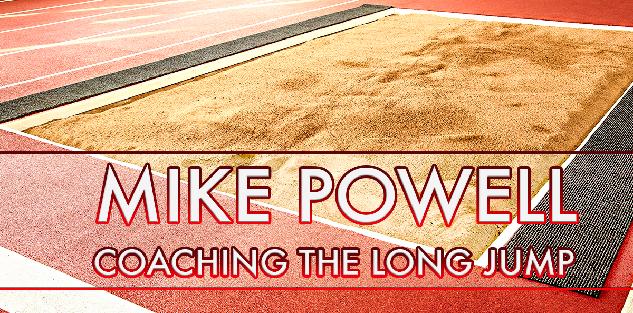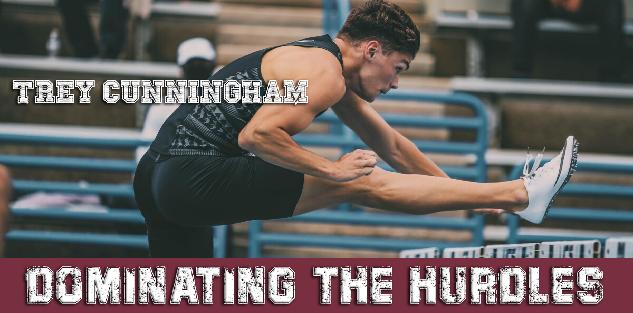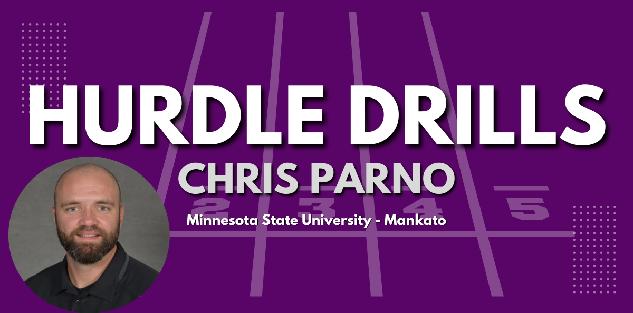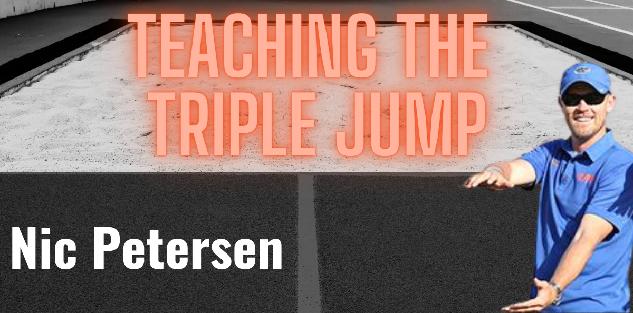Featured courses
- The Ultimate Guide to Coaching Track and Field by Jackson Chlebowy
- How TCU Coach Khadevis Robinson Builds Mental Toughness for Big 12 Track by William Markey
- Two Points of Focus When Coaching and Training Hurdles by Grant Young
- Four Keys to Maximize Winning Potential in a 400m Race by Grant Young
- Three Lessons Every Distance Running Coach Should Know by Grant Young
- Olympic Medalist Jasmine Moore’s Triple Jump Approach Technique Keys by Grant Young
- Build Strong Triple Jump Foundations with 3 Key Drills by William Markey
- Two Cues to Help With Track and Field Relay Handoffs by Grant Young
- Four Shot Put Drills to Help Develop Your Athletes by Grant Young
- Three Training Tips For Coaching 400m Runners by Grant Young
- Four Tips for Teaching the Javelin Throw by Grant Young
- 3 Pole Vault Check Points From Legendary Kansas Coach Tom Hays by Grant Young
- Two Valuable Hammer Throw Training Tips by Grant Young
- 3 Must-Try Offseason Shot Put Drills by William Markey
- Four Essential Tips For Coaching Track Relays and Sprints by Grant Young
- Florida Gators Coach Nic Petersen’s Two Keys for Teaching the Triple Jump by Grant Young
- Three Effective Drills for Improving the Long Jump by Grant Young
- Three Drills for Sprinters That Track Coaches Swear By by Grant Young
- Four Pole Vault Drills All Track and Field Coaches Should Know by Grant Young
- Explosive Track and Field Training to Level Up This Summer by Tyler Rathke
- Throwing Secrets: The Entry by Tyler Rathke
- How to Find an Endurance Athlete’s Proper Training Pace by Grant Young
- The Technique Behind Mykolas Alekna’s Discus World Record by Grant Young
- How to Build a Sprinter's Training Regimen by Grant Young
- How to Teach the Glide Shot Put by Grant Young
- Three Hurdle Drills All Track Coaches Should Know by Grant Young
- How Distance Running Coaches Can Get the Most Out of Their Athletes by Grant Young
- The Technique Behind Mondo Duplantis' Pole Vault World Record by Grant Young
- How to Coach Weightlifting For Increased Speed and Acceleration by Grant Young
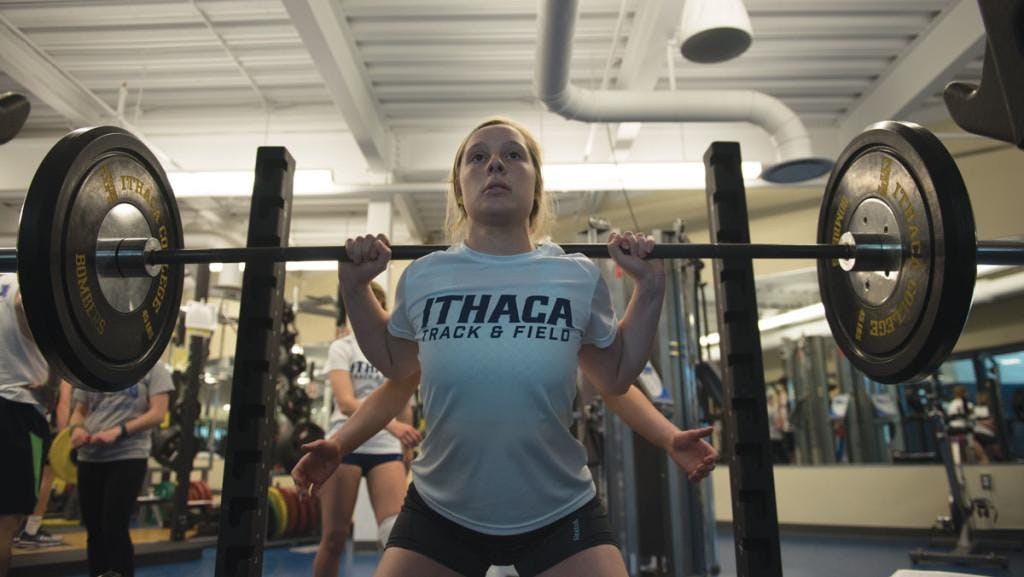
How to Coach Weightlifting For Increased Speed and Acceleration
- By Grant Young
Regardless of the sport they play, strength training and conditioning is an absolute must for any high-level athlete’s training regimen.
And while most coaches and players know their way around a weight room — at least at a barebone, simplistic level — increasing functional strength safely from weightlifting is a nuanced subject that takes years of study to master.
But when one considers the increased risk of injury that can come from weightlifting improperly, which can impede an entire season’s worth of hard work, it’s best that coaches receive their weight room knowledge from experts.
Especially because these experts have dedicated their lives to finding the most effective weightlifting regimens to increase explosion, speed, acceleration, and every other aspect of athleticism. Luckily for coaches, these gurus want to share the insights they’ve gleaned with the rest of the sports world, to maximize every athlete's potential.
We've compiled some of the best online courses about how to increase speed and acceleration in the weight room; all while minimizing risk of injury.
JT Ayers - Lifting for Speed Made Easy
Coach JT Ayers is a three-time Orange County Track Coach of the Year (2013, 2016, 2019) and has been coaching Track and Field for 14 years. Since 2014, his athletes have broken 35 grade level and 8 school records, 3 All-Time Orange County Records, and the team has been ranked #1 in Orange County in 4 different years (2015, 2016, 2018, 2020).
Coach Kula has 22 years of experience in the athletic development of athletes at all levels from youth to professional. He has worked with Division 1 athletes from over 25 universities across the country including notable local athletes Christian McCaffrey (San Francisco 49ers running back), Anna Hall (US Record Heptathlon/Pentathlon holder in 2019), MaryBeth Sant (NCAA #1 ranked 100m sprinter in 2013 (Oregon/CSU), among many other professional athletes.
Coach Ayers and Coach Kula’s ‘Lifting for Sprre Made Easy’ course is an approachable and effective way for any coach to learn the necessary steps in making their athletes faster through the weight room.
In their course, Coach Ayers and Coach Kula discuss the three components of speed:
1. How often you contact the ground
2. How much muscular force you can deliver during ground contact
3. How much ground contact time is available to deliver that force
That might sound difficult to decipher at first. Thankfully, the coaches explain an in-season workout plan that will allow you to train and improve upon all three of these aspects, all with minimal risk of producing injury.
But before that, Coach Ayers discusses about a common misconception of many coaches: that their athletes should not be lifting weights during the season.
This is inaccurate. Athletes should certainly be lifting weights and aiming to improve (or at least maintain) their strength during the season, or else everything they did in the offseason would be for naught. But the important part is that they’re lifting weights thoughtfully, not lifting as heavy as possible every day, and utilizing a balanced training program that accounts for rest and recovery.
Here’s a weekly in-season workout plan that Coach Ayers would suggest for a track athlete:
Monday - Run, Weight room (warm-up, deadlift, hurdle hops)
Tuesday - Run, Pre-Meet
Wednesday - Dual Meet
Thursday - Recovery, Weight room
Friday - Run, Pre-Meet
Saturday - Invitational Meet
Sunday - Rest, Recovery
As you can see, this is a balanced weekly schedule that will not have a track athlete too burnt out on any specific aspect of their program, and will also minimize physical overuse and injury.
Amanda Rego - Stronger Core for Faster Running
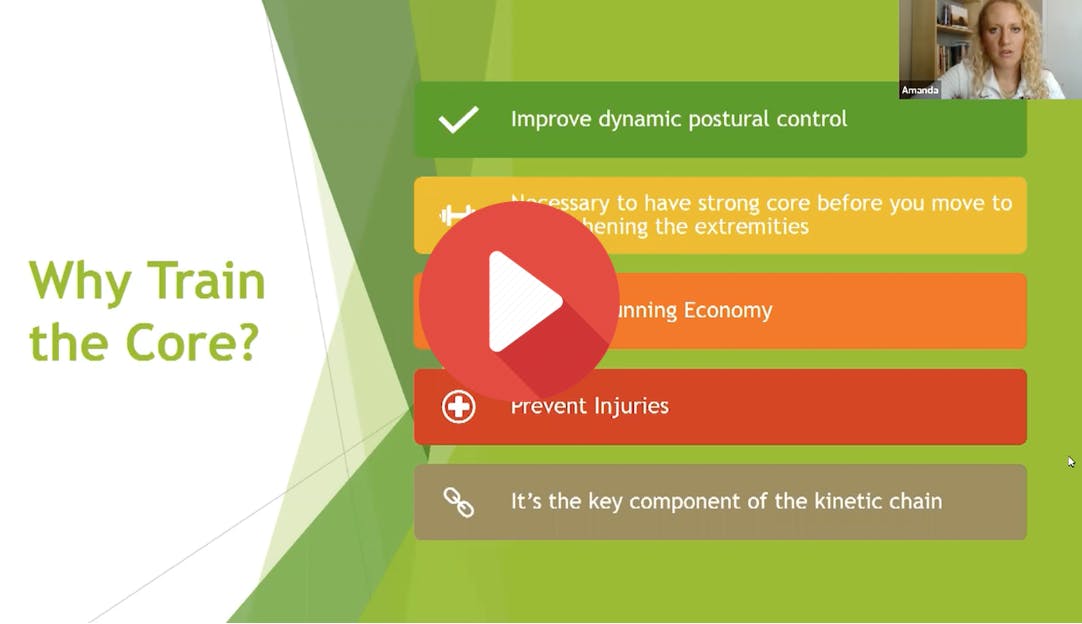
Amando Rego has 5+ years of coaching experience at the NCAA level, experience with coaching at the professional level, as well as the USATF Junior Olympic youth level. As a runner, Coach Rego was a 7x All-American & NCAA Runner-Up for Florida State and has run a 4:26 indoor mile.
In her ‘Stronger Core For Faster Running’ course, Coach Rego details why core workouts are more than about obtaining washboard abs for athletes.
Coach Rego has five reasons why core workouts are a must for every athlete to train in the weight room:
1. Improve dynamic postural control
2. Necessary to have a strong core before you move to strengthen the extremities
3. Improve running economy
4. Prevent injuries
5. It’s the key component of the kinetic chain
The core is, well, just that; our body's core. Its foundation. Without a strong core, athletes not only put themselves at risk of increased injury everywhere else across their bodies but also aren’t maximizing the strength of other body parts. Every athletic movement utilizes the core, so it’s crucial not to neglect this part of your body during weight training sessions.
It’s also important to diversify your core workouts. While crunches and planks are great, they need to be complemented by other exercises that target separate areas of the core (such as the obliques).
DeShawn Fontleroy - Hip Mobility & Hip Stability
Coach DeShawn Fontleroy specializes in problems of training — including the role of strength training, sprinting, and explosive plyometrics in the athlete’s physical preparation. Coach Lontleroy has helped professional, collegiate, and high school athletes develop explosive power and jumping ability.
Increasing speed and acceleration isn’t all about weightlifting. It’s also about flexibility. In his 'Hip Mobility and Hip Stability’ course, Coach Fontleroy explains why hip mobility is paramount to maximizing one’s speed.
“Hip stability is your ability to maintain your center of gravity and produce strength and coordination in the hips and trunk,” Coach Lontleroy explains. Some ways that he recommends increasing hip mobility and stability is by foam rolling over one’s hips before the weight room session, by the body weight Romanian deadlift exercise, and by trying a barbell hip bridge exercise.
These tools and techniques can all be utilized together, helping your athletes achieve their maximum speed and acceleration injury-free so that they can chase their goals.

